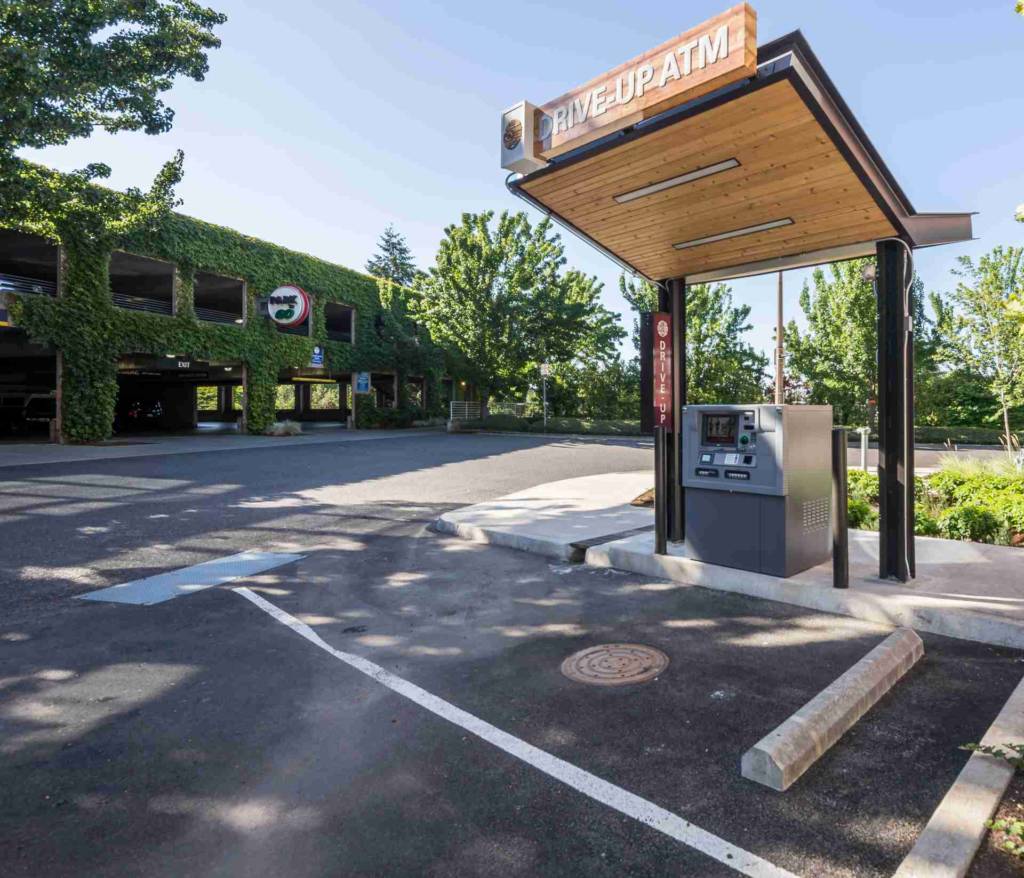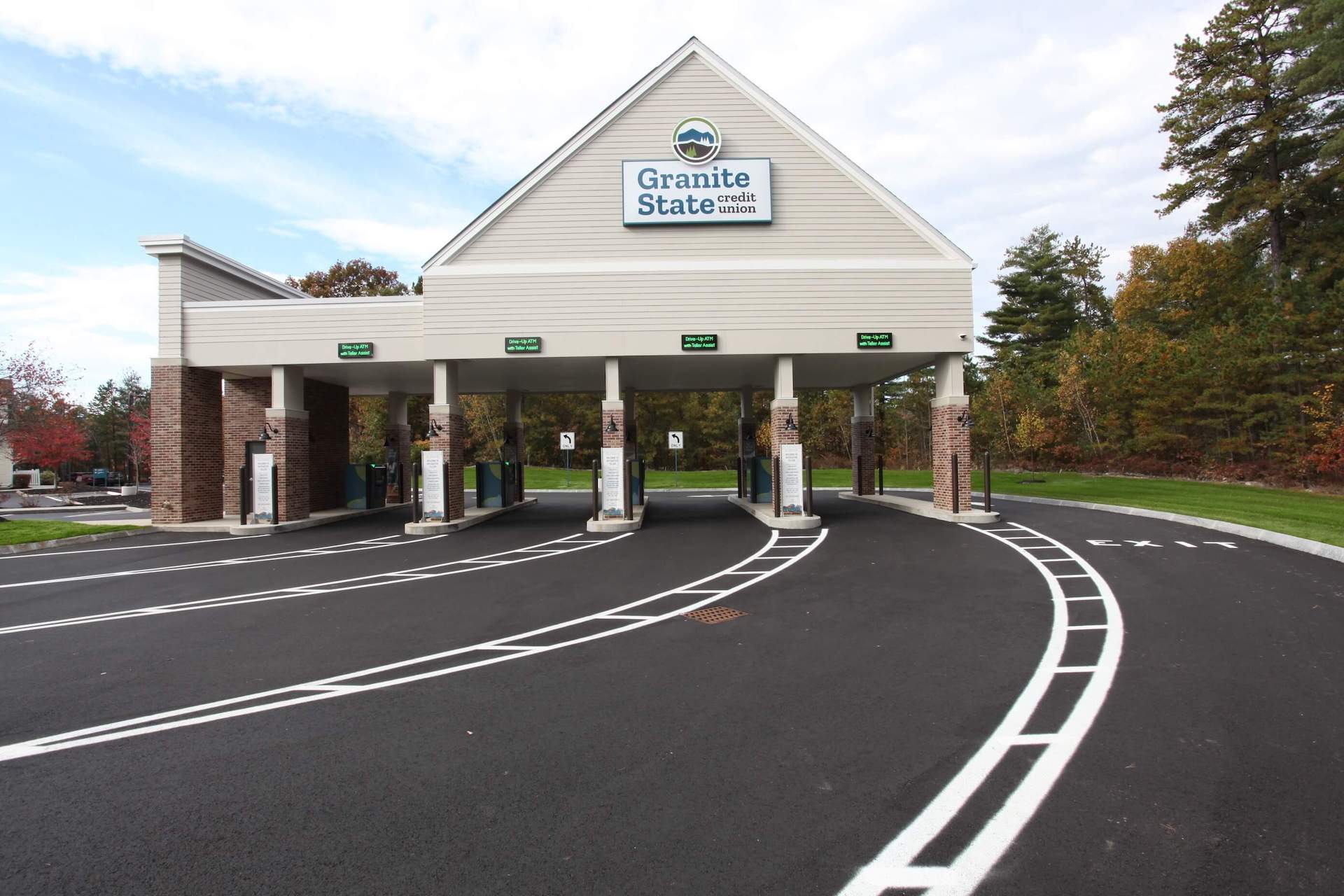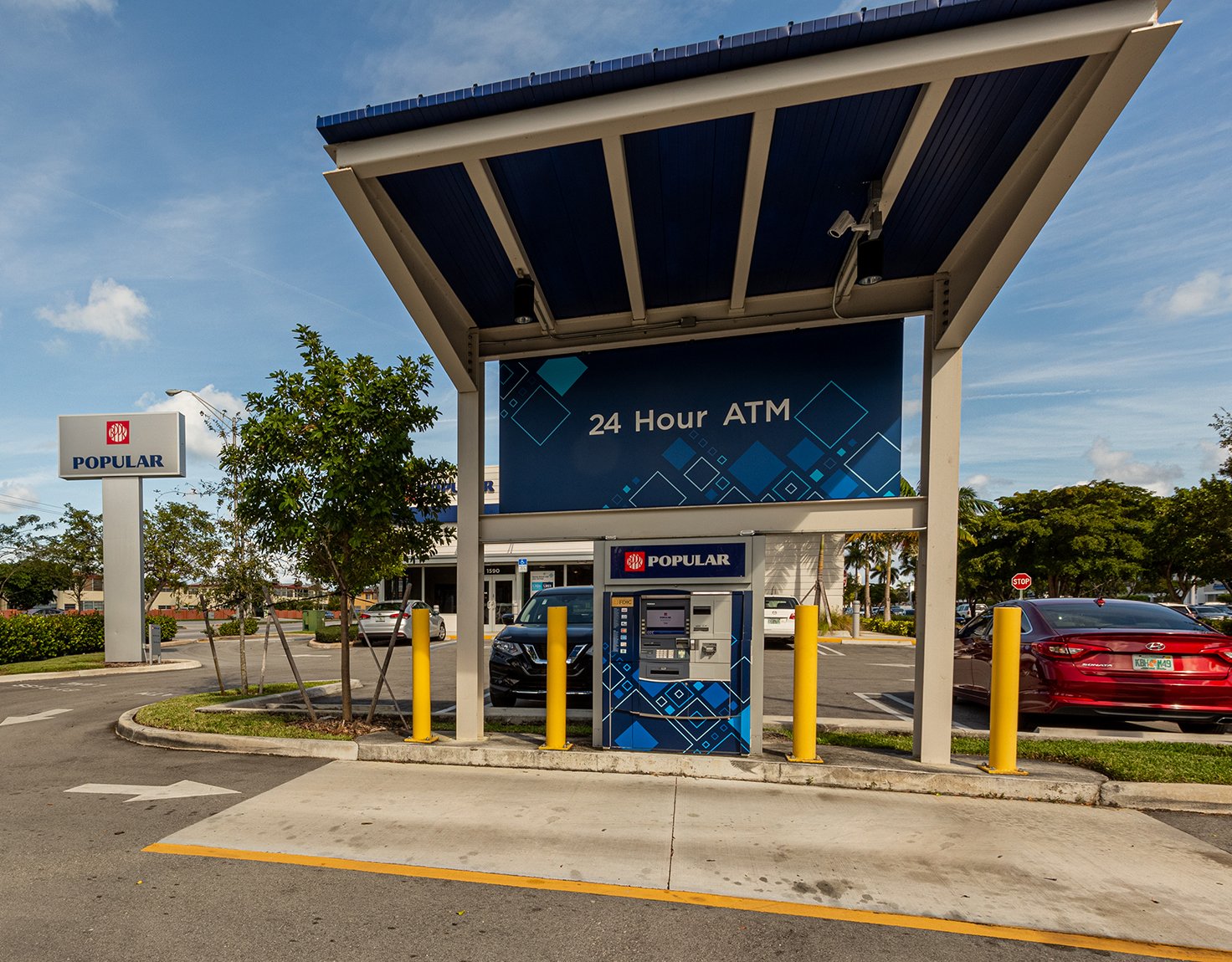Credit Union & Bank Drive-Thru Equipment: New Technology & Examples
Most members of a bank or credit union are familiar with the drive-thru — the drive-up window or station where they can deposit checks, withdraw cash, and perform other basic transactions. But where did the drive-thru come from, and where is it headed? Let’s dive into this ubiquitous piece of credit union and bank equipment.
Drive-Thru Banking: Then
While the phrase “drive through” (or “drive-thru”) may more often be associated with fast food, the concept was originally designed for retail banking. Hillcrest State Bank in Dallas was the first bank to install a drive-up banking system in 1928, using a format designed by innovator Jordan Martin. Grand National Bank in St. Louis followed in 1930, after which the trend took off nationwide.
This new method of banking was developed to take advantage of the meteoric rise of the passenger automobile, which was increasingly becoming a staple in households across America. Drive-thrus made banking easier and more convenient for working Americans, who could now complete their banking business en route to and from their jobs without cutting the ignition. By the middle of the 20th century, in-branch banking had become so complex and hectic that more banks than ever adopted the drive-thru format, which remains a feature of most banks and credit unions today — albeit with more advanced self-service options.
Drive-Thru Banking: Now
Today, Americans are used to drive-thru options for most “fast” retail transactions — think coffee shops, fast food chains, pharmacies, and even liquor stores. Following the COVID-19 pandemic, drive-up and curbside service has become even more prevalent, as retailers and service providers strive to minimize person-to-person contact while fulfilling the same volume of orders. For banks and credit unions with drive-thru equipment in place at the start of the pandemic, many could continue their services uninterrupted, which benefited both institutions and consumers alike.
Barring some timely technological upgrades, the bank or credit union drive-thru looks much the same as it did throughout the 20th century. A customer or member approaches a drive-up window in their car, then (if a transaction requires a teller’s assistance) places their “order” through a two-way audio system. The teller completes the transaction, then delivers the requested items via a mechanical drawer or pneumatic tube. For transactions that don’t require a teller, customers or members simply drive up to an ATM or interactive teller machine (ITM), complete their transaction, and drive off. Depending on the nature of the transaction, the entire process can take as few as 3 minutes.
Classic drive-thru credit union and bank equipment includes:
| Teller window | Mechanical transaction drawer |
| Two-way audio communication system | ATM or ITM |
| Pneumatic tube system | CCTV cameras or call button (to alert tellers to a driver’s presence) |
Some financial institutions have expanded their drive-thru offerings to include digital signage, artificial intelligence, and brief consultations with financial specialists.
The Importance of Drive-Thru Banking Today
With advances in self-serve banking technology, drive-thrus now offer more convenience than ever. Even for drive-thrus without a live teller onsite, ITMs provide real-time video communication with a remote teller, so drive-thru visitors can access personalized financial services from the comfort of their vehicles.
The kind of technology featured in a bank or credit union drive-thru is typically low-cost compared to the rest of the branch amenities; this means that, in the case of a financial institution needing to downsize their physical branch, they can still implement drive-thru services to maintain a presence in the community. Interestingly, in the early 2010s, banks and credit unions started moving away from self-service and drive-through technology as a cost-cutting measure, since customers and members increasingly favored mobile banking. However, in the wake of COVID-19, there has been a resurgence in drive-thru popularity (or necessity), since it offers a cost-effective way for consumers to access financial services while prioritizing their health and safety (and that of staff).
At some banks and credit unions with drive-thrus, the majority of their transactions occur outside of the branch — aided by the fact that many drive-thrus stay open 24/7, or at least long after the business day ends. Current technology certainly helps enable this round-the-clock customer service; ITMs give users access to a remote teller from any time zone, in any location, often on an as-needed basis. Prior technological limits meant that banking customers of decades past could only complete basic ATM transactions at an after-hours drive-thru. Now, banks and credit unions with the most up-to-date technology can offer customer service as robust as it is inside the branch.
At a glance, tech-equipped drive-thrus offer financial institutions the following advantages:
- A greater geographical reach
- Expanded operating hours
- Reduced wait times
- A greater competitive edge
- A higher level of customer service
- More convenient, efficient service solutions
- Happier (less frazzled) customer and members
- More opportunities to deliver personalized service
The Future of Drive-Thru Banking
As banking technology continues to advance, consumers will no longer be limited by location; they can access financial services from their car, their house, the office, inside their local branch, or across continents. Enhanced security features like two-factor authentication, biometrics, and geolocation can make drive-thru banking safer and easier than ever before.
The COVID-19 pandemic was by no means a positive event, but it has served as a catalyst for constructive change in the way many retailers do business. In retail banking, for one, it has motivated institutions across the world to implement easier, safer, more convenient and accessible banking solutions to meet the needs of all consumers. Drive-thrus are part of that solution, since they are a convenient way to enable quick transactions, as well as a platform to educate users on relevant financial products and services.
For banks and credit unions looking to upgrade their drive-thru options to suit today’s consumer, we have several recommendations:
- Upgrade your ATMs to ITMs to provide more comprehensive, personalized service.
- Cross-train your tellers to deliver expanded financial support via the drive-thru window or ITM screen.
- Utilize exterior digital signage to educate customers and members on relevant products, services, financial tools, and more.
- Consider piloting ITM drive-thrus in new markets or underserved areas, to expand community access and network reach.
The Element Group has helped financial institutions across the U.S. implement improved solutions to reach a new generation of banking consumers. If you’d like to discuss the drive-thru possibilities at your institution, reach out to us today.


